We’re delighted share our recent work at the Fisher Theatre, a historic building and cultural landmark in Suffolk.
The project aimed to assess the building’s ability to receive retrofitted insulation, improving its energy efficiency and environmental sustainability.
The Challenge
Being a historic building of traditional construction, any interventions to address these challenges had to be considered carefully, taking into account the building’s condition, architectural detailing, and the fabric’s behaviour. As ever at Cymes Conservation, we approached this challenge in a way which and managed the impact upon the historical significance of this landmark building.
Holistic Design and Consideration
Cymes Conservation brings an investigative, informed assessment of the reality of each building to its consideration of retrofit opportunities. Informed by Director Simon Revill’s architectural conservation accreditation and extensive experience in historic buildings — every design decision was carefully considered and balanced against its impact on the Fisher Theatre.
Our holistic approach means more than purely addressing heat losses. At the Fisher Theatre, for example, we took into account considerations including building’s condition, which was negatively impacting on its environmental performance, as well as its capability to receive retrofitted insulation, the impact of changing a its current environmental state and particularly the additional requirements that had to be considered, including managing the building’s moisture, humidity, thermal mass, ventilation, and fabric breathability.
Focus on Behaviour and Performance
As with any client, our starting point was to develop a real understanding of the Fisher Theatre’s condition, its uses, and of course its current energy demands. We conducted a detailed site investigation to ensure building systems and usage were fully understood and reflected in our analysis and recommendations.
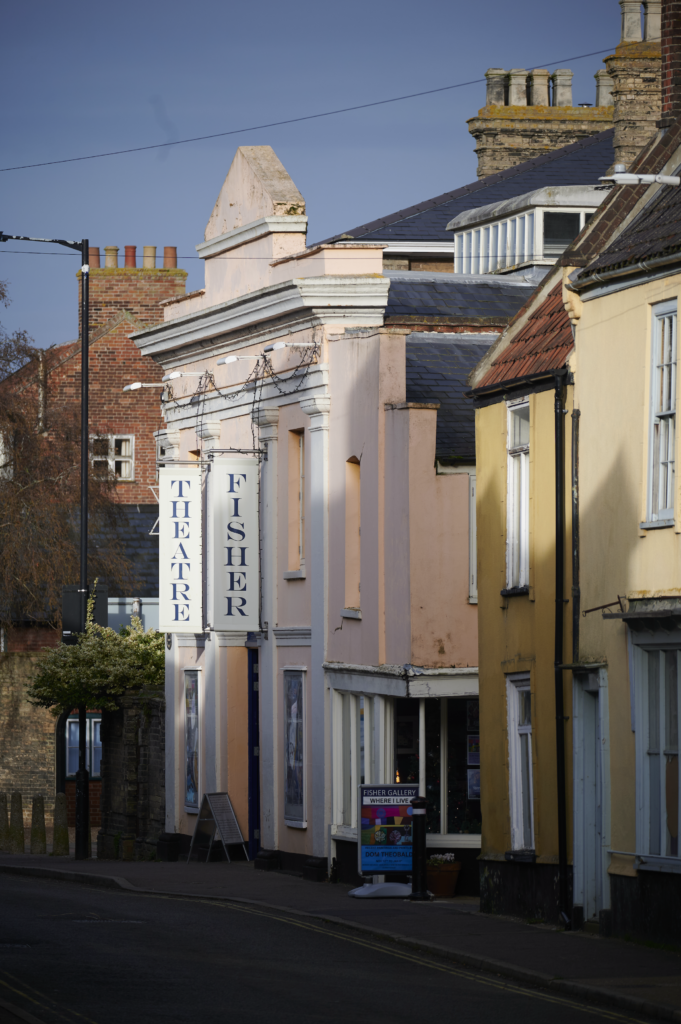
Lean, Clean, Green Strategy
Following the London Plan’s mantra of ‘Be Lean, Be Clean, Be Green,’ first we considered how energy consumption could be reduced. This took into account the condition, maintenance, and life cycle of the building’s existing heating system, and made provisions for timely and planned replacement and improvements with low/zero carbon technologies, all without compromising the impact on the building’s users.

Cost vs Value
Cymes Conservation’s retrofit assessment of the Fisher Theartre considered long-term implications by adopting a ‘cost versus value’ approach. Whether it’s capital cost per kg of carbon saved or some other metric, this insight is crucial to providing the owners and operators of any historic building with the information they need to make value-based decisions for its long-term benefit.
Ready to Make a Sustainable Change?
Do you manage a building like the Fisher Theatre? Or is your home in need of a considered approach to improving its energy efficiency?
You can read about our Retrofit Assessments here.
You can read about our Retrofit Assessments here. If you do not have a current building condition survey, we recommend this is carried out as well. For further information, contact us and we’ll be happy to discuss your specific needs.
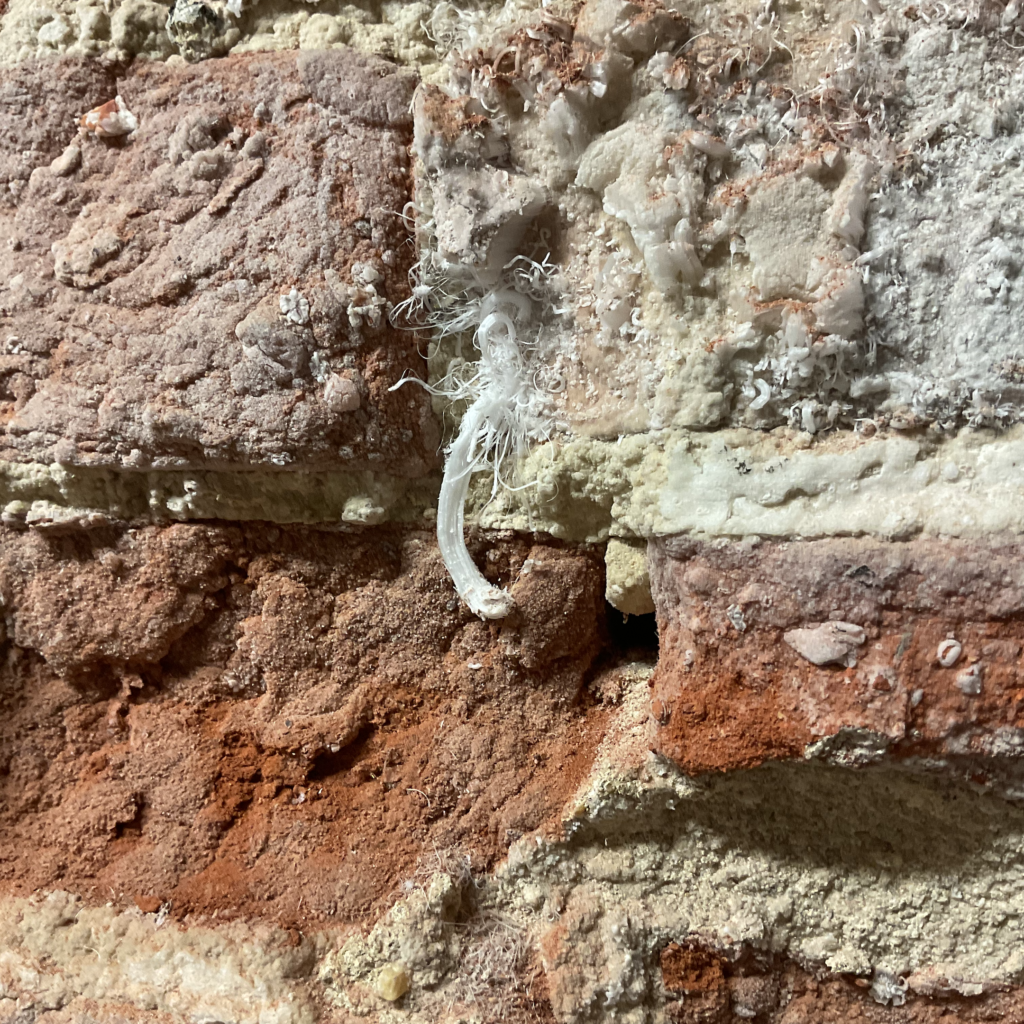

Specialist techniques and knowledge of traditional materials such as lime mortars, plasters, stone, brick and oak framing are used to conserve your historic building.
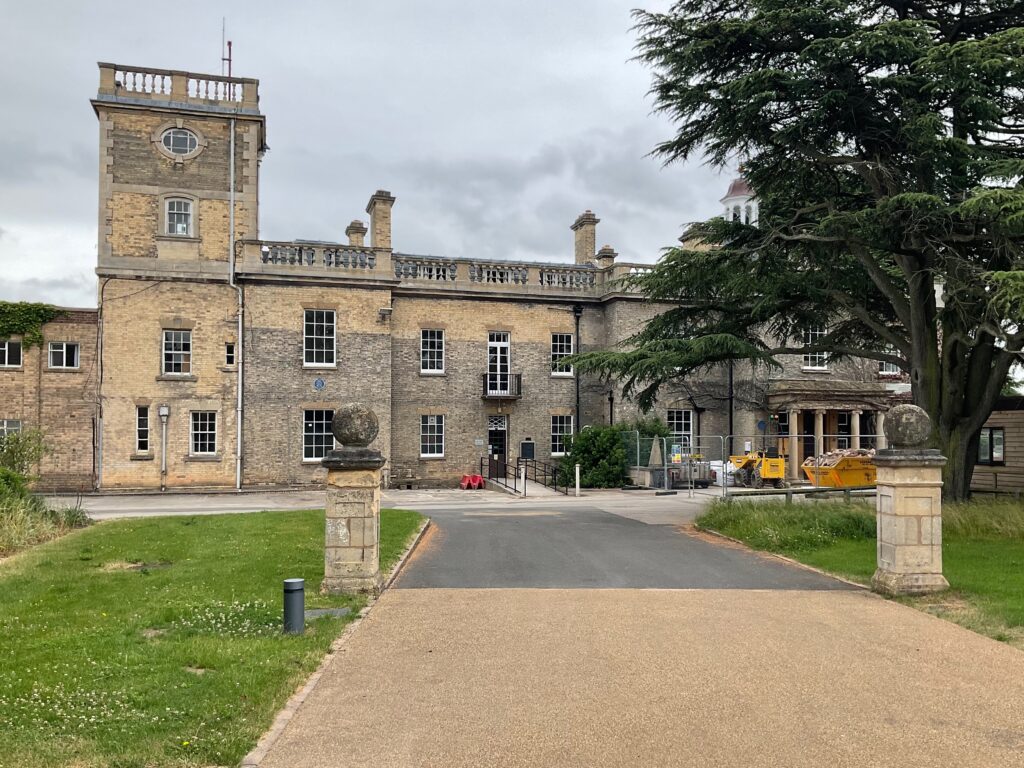
We'll research and define historical significance, then assess the impact of your proposals and provide justification with the legislation and the National Planning Policy Framework.
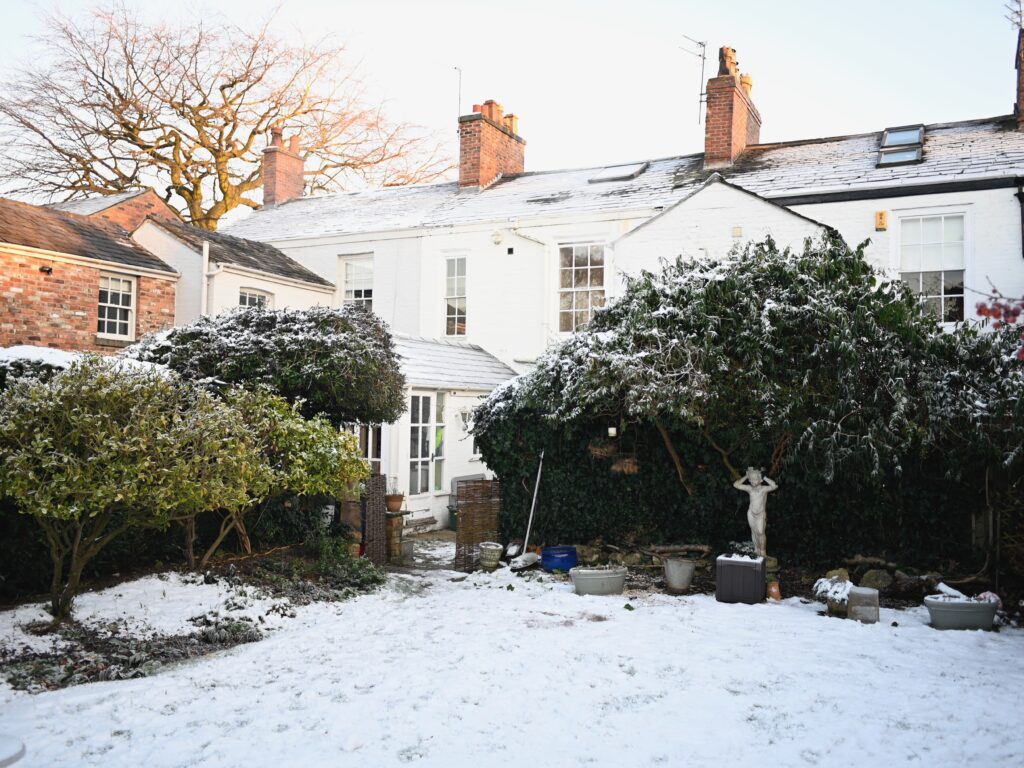
Designing with contemporary flair in a contextual manner, bespoke to your needs, in a way that is sensitive and appropriate to your listed building and its conservation area .

The basis of most projects, this to inform repair requirements, including quinquennial surveys for churches. We consult with specialist quantity surveyors to cost and prioritise repairs over the short, medium and long term. Combine this service with maintenance planning and a retrofit assessment.
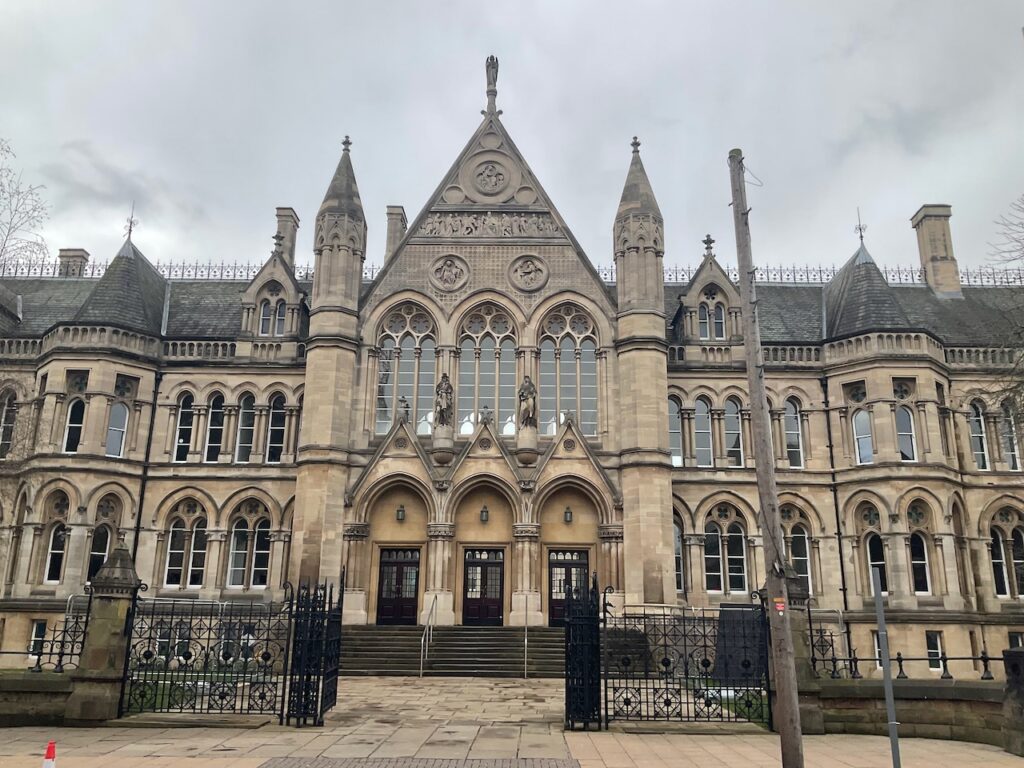
Finding economically viable and sustainable new uses your redundant historic building. We'll help you develop your vision appraising the architectural options and work in collaboration with specialists such as community consultation and business planners.
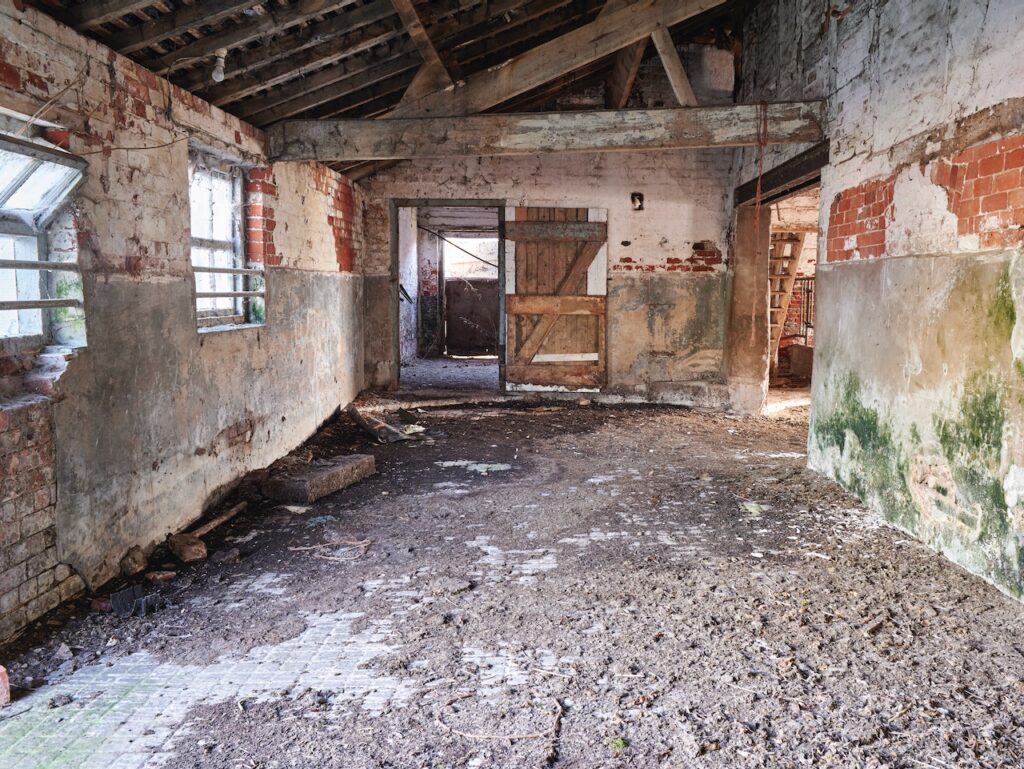
Carried out to Historic England's Level 1, 2, 3 or 4 standard, our recording is informed by understanding of architectural and social history, an investigative eye, then presented with clear exquisite architectural photography that captures detail, character and atmosphere.

Lorem ipsum dolor sit amet, consectetur adipiscing elit. Ut elit tellus, luctus nec ullamcorper mattis, pulvinar dapibus leo.